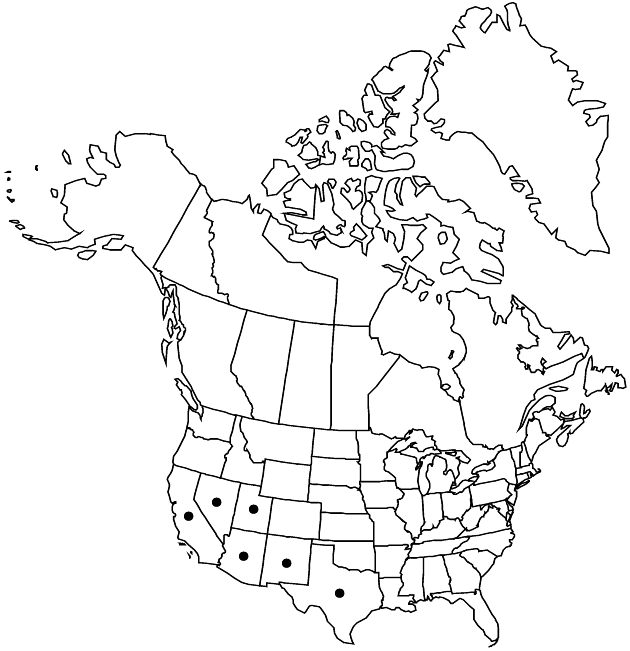Difference between revisions of "Pectis papposa"
Mem. Amer. Acad. Arts, n. s. 4: 62. 1849.
FNA>Volume Importer |
FNA>Volume Importer |
||
| Line 45: | Line 45: | ||
-->{{#Taxon: | -->{{#Taxon: | ||
name=Pectis papposa | name=Pectis papposa | ||
| − | |||
|authority=Harvey & A. Gray | |authority=Harvey & A. Gray | ||
|rank=species | |rank=species | ||
| Line 57: | Line 56: | ||
|publication year=1849 | |publication year=1849 | ||
|special status= | |special status= | ||
| − | |source xml=https://jpend@bitbucket.org/aafc-mbb/fna-data-curation.git/src/ | + | |source xml=https://jpend@bitbucket.org/aafc-mbb/fna-data-curation.git/src/eaa6e58056e40c9ef614d8f47aea294977a1a5e9/coarse_grained_fna_xml/V19-20-21/V21_548.xml |
|tribe=Asteraceae tribe Heliantheae | |tribe=Asteraceae tribe Heliantheae | ||
|subtribe=Asteraceae (tribe Heliantheae) subtribe Pectidinae | |subtribe=Asteraceae (tribe Heliantheae) subtribe Pectidinae | ||
Revision as of 19:37, 16 December 2019
Annuals, 1–30 cm (often forming rounded bushes); herbage spicy-scented. Stems ascending, glabrous or puberulent. Leaves linear, 10–60 × 1–2 mm, margins with 1–3 pairs of setae, faces glabrous (dotted on margins with round to oval oil-glands 0.3–0.5 mm). Heads in congested or open, cymiform arrays. Peduncles 3–40 mm. Involucres campanulate to cylindric. Phyllaries distinct, linear, 3–8 × 0.5–1.7 mm (dotted with 1–5 subterminal oil-glands plus 2–5 pairs of submarginal oil-glands). Ray florets (7–)8(–10); corollas 3–8 mm. Disc florets 6–34; corollas 2–5.5 mm (weakly 2-lipped, glabrous or glandular-puberulent). Cypselae 2–5.5 mm, strigillose to short-pilose (hair tips curled, bulbous); ray pappi usually coroniform, rarely of 1+ awns or bristles 1–4 mm; disc pappi usually of 16–24, subplumose bristles 1.5–4 mm, rarely coroniform.
Distribution

sw United States, nw Mexico.
Discussion
Varieties 2 (2 in the flora).
Pectis papposa generally flowers following summer monsoon rains in the desert of southwestern United States and northern Mexico. In favorable years, it becomes an aspect dominant, coloring wide areas of the desert with its bright yellow heads.
Selected References
None.
Key
| 1 | Phyllaries 3–5 mm; disc florets 6–14(–18); disc pappi 1–2.5 mm | Pectis papposa var. papposa |
| 1 | Phyllaries 5–8 mm; disc florets 12–24(–34); disc pappi 2.5–4 mm | Pectis papposa var. grandis |